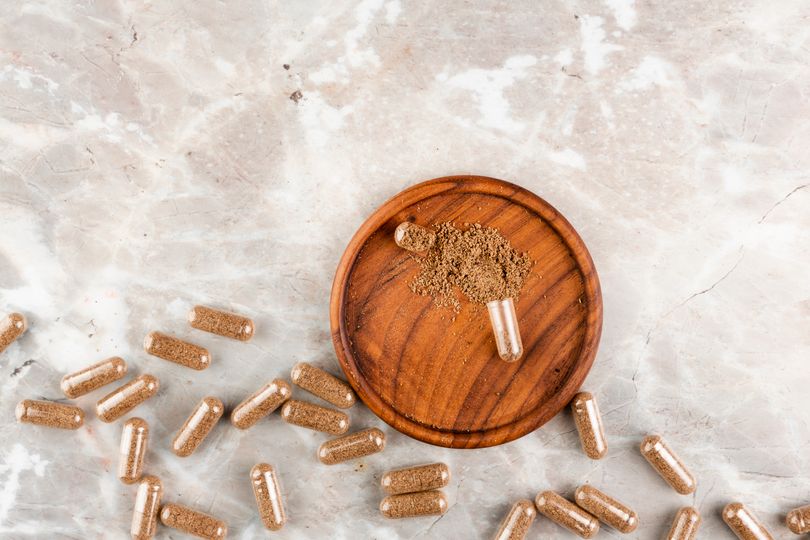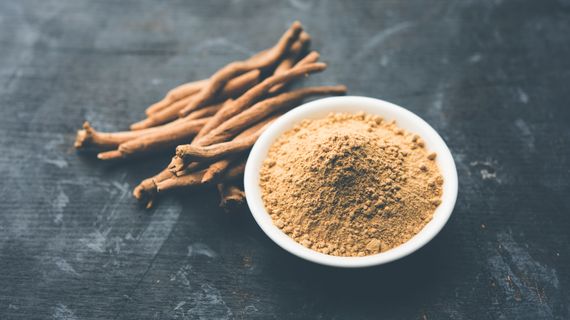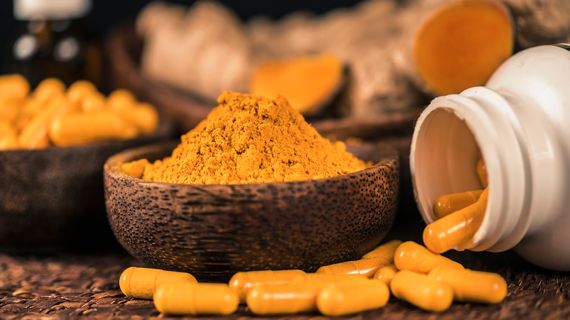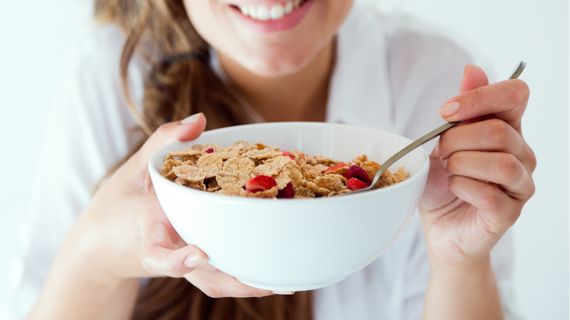- Maca peruviana is a plant grown at high altitudes in the South American Andes.
- Consumption of the root is traditionally recommended to promote vitality, sexual function and learning.
- The correct dosage depends on the form of maca processing in the dietary supplement.
Maca peruviana is one of the popular plants commonly available as superfoods or in the form of dietary supplements. It has been traditionally used for various functions, and even recent scientific studies confirm its effectiveness.
What effects can be expected with regular use of Maca peruviana, and how do you choose the form that is best for you?
Cultivated for over 3,000 years in conditions where nothing else grows
As the name suggests, Maca peruviana has its roots in Peru. It is grown in the South American Andes at high altitudes between 3,500 and 4,500 metres above sea level. Experiments have even shown that the plant thrives much better in this harsh environment than after transplanting to a coastal area. Maca peruviana has a tuber instead of a root, which is harvested and then processed. The plant has a relatively high yield, with an average yield of about 7 tonnes of fresh Maca per hectare of land, comparable to the domestic potato harvest.
Archaeological findings from the vicinity of Peru's Lake Junín, at an altitude of 4,080 metres above sea level, attest to the cultivation and cultivation of Maca peruana as early as the 2nd millennium BC. One of the earliest modern records of maca cultivation was described by the Spanish navigator Antonio Vasquez, who saw and recorded the cultivation of Maca peruviana during his expedition in 1598.
Yellow, red and black: how do the different types of Maca differ?
There are more than 13 cultivars of Mace peruviana. In practice, however, the fruits are most often divided into the following three categories:
- Yellow Maca (approximately 60% of global production)
- Red Maca (approximately 25% of global production)
- Black Maca (approximately 15 % of global production)
Yellow Maca is the most widely used Maca due to its widespread distribution, and it is also used in most studies that look at the effects of Maca peruviana on the human body. It is most often studied for its positive effects on vitality, concentration and hormonal balance. Red Maca is primarily studied for its positive effect on hormones and bones, while Black Maca is studied in conjunction with promoting physical performance and libido.
5 positive effects of Maca peruviana
1. Promoting energy and vitality
One of the most commonly cited benefits of taking Maca peruviana is the promotion of energy and mood status.
This is confirmed by a 2016 study on 175 adults, which showed positive effects on mood and energy when taking 3g of dried powder from both black and Red Maca root.
2. Support for libido and sexual function
Maca peruviana is one of the most popular plant extracts for increasing testosterone levels in the blood. Although these claims are not fully supported by scientific studies, it appears that taking Maca can still have a positive effect on sexual function.
In fact, several studies have shown that taking Maca peruviana can lead to increased sexual interest and libido, especially in the case of the black variant. Additionally, some studies also point to a positive effect of

3. Increase physical performance
One of the most mentioned benefits of regular use of Maca peruviana is its positive effect on energy status and vitality. This benefit can also be utilised by athletes to boost physical performance. In a study on soccer players training at high altitudes, it was shown that taking Maca peruviana (1500mg daily for 2 months) led to a 10% increase in physical performance. Similarly, in a study on trained cyclists, a slight improvement in aerobic performance was observed with the use of 2000mg of the 5:1 extract.
4. Positive effect on cognitive function
In addition to the energising effects of taking Maca peruviana, its effects on memory, attention and calming have also been studied. In a study on mice, it was shown that the use of Maca (especially the black variant) led to an increase in cognitive function, and all variants of Maca also showed calming effects. In a study on post‑menopausal women, Maca was shown to reduce symptoms of anxiety and depression at a dosage of 3.5g per day.
5. A rich source of antioxidants
Dried powder from Maca root is also a rich source of antioxidants based on phenolic compounds. Thus, it can support the body's antioxidant mechanisms and help prevent oxidative stress.
What form to choose among dietary supplements?
Although traditionally the Maca peruviana root was consumed in fresh form like other root vegetables, it is mainly available on the European market in the form of dietary supplements. Most often, Maca peruviana is sold as a dried powder from the root, which, in the case of higher quality products, can also be of organic quality. The recommended daily intake of Maca peruviana, consistent with most studies using the root powder, is about 1500‑3000mg of dried powder per day.
In dietary supplements, plant extracts are also sold in extraction ratios ranging from 4:1 to more potent extracts most commonly in a 10:1 extraction ratio. In these products, the proportion of active ingredients is significantly higher, allowing for much lower doses.
Organic Maca
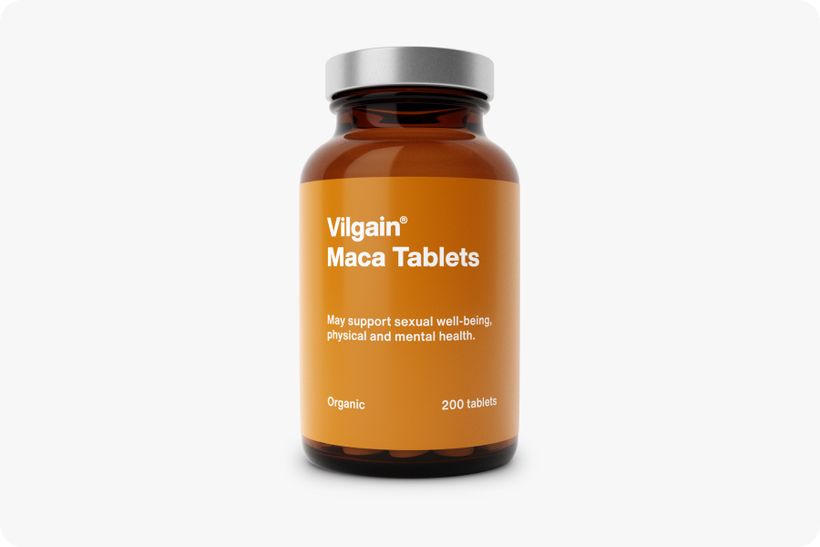
Bottom line
Maca peruviana is one of the most popular plant extracts. The plant grows in the South American Andes at altitudes of 3,500‑4,500 metres above sea level, where the tubers are harvested, dried, and ground.
There are three basic varieties of Maca peruviana: yellow, red and black. The yellow variant is well‑studied for its positive effect on vitality and cognitive function. The Red Maca is known for its positive effect on hormones, and the Black Maca promotes physical performance and libido. Maca peruviana can be obtained in the form of dried ground powder or plant extract. The dosage of the dried ground powder ranges from 1500‑3000mg per day, with the stronger extracts requiring much lower doses.


